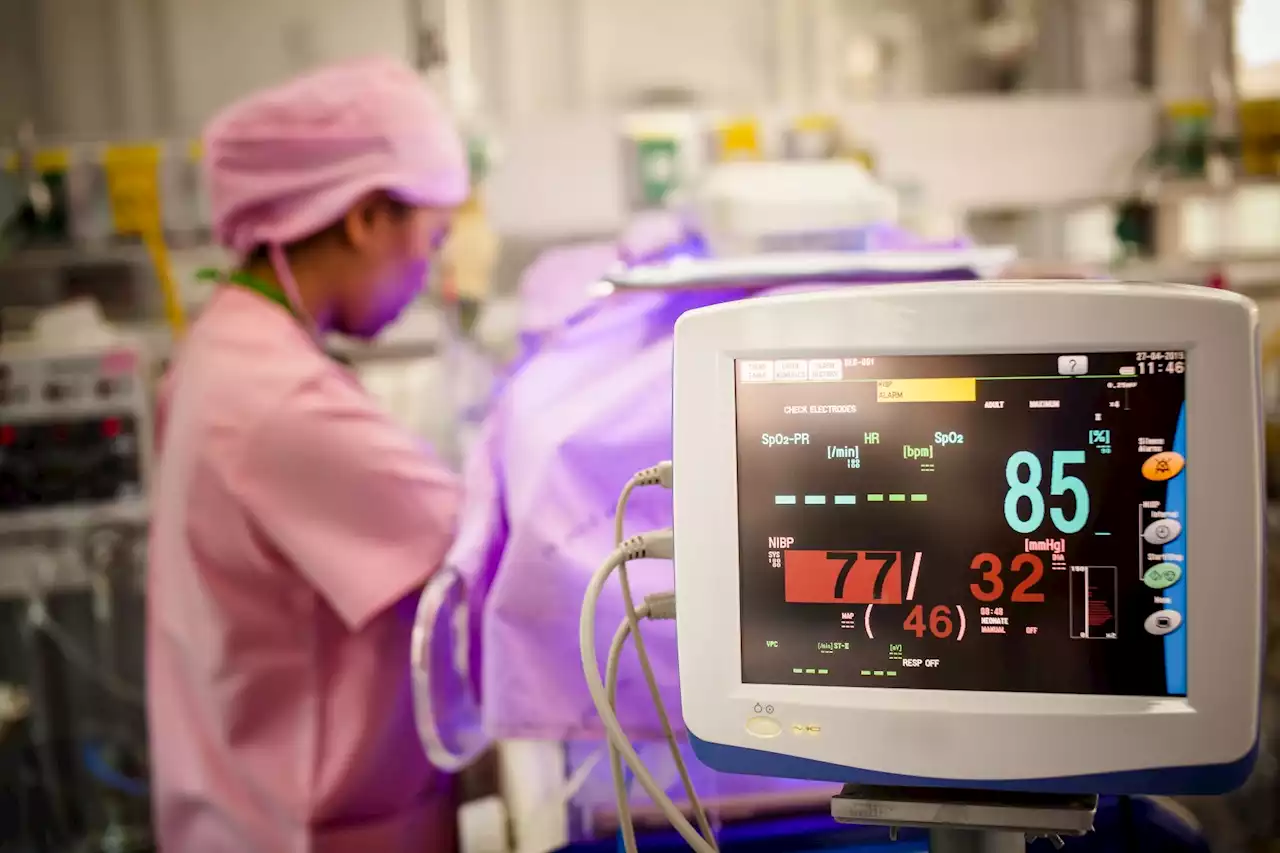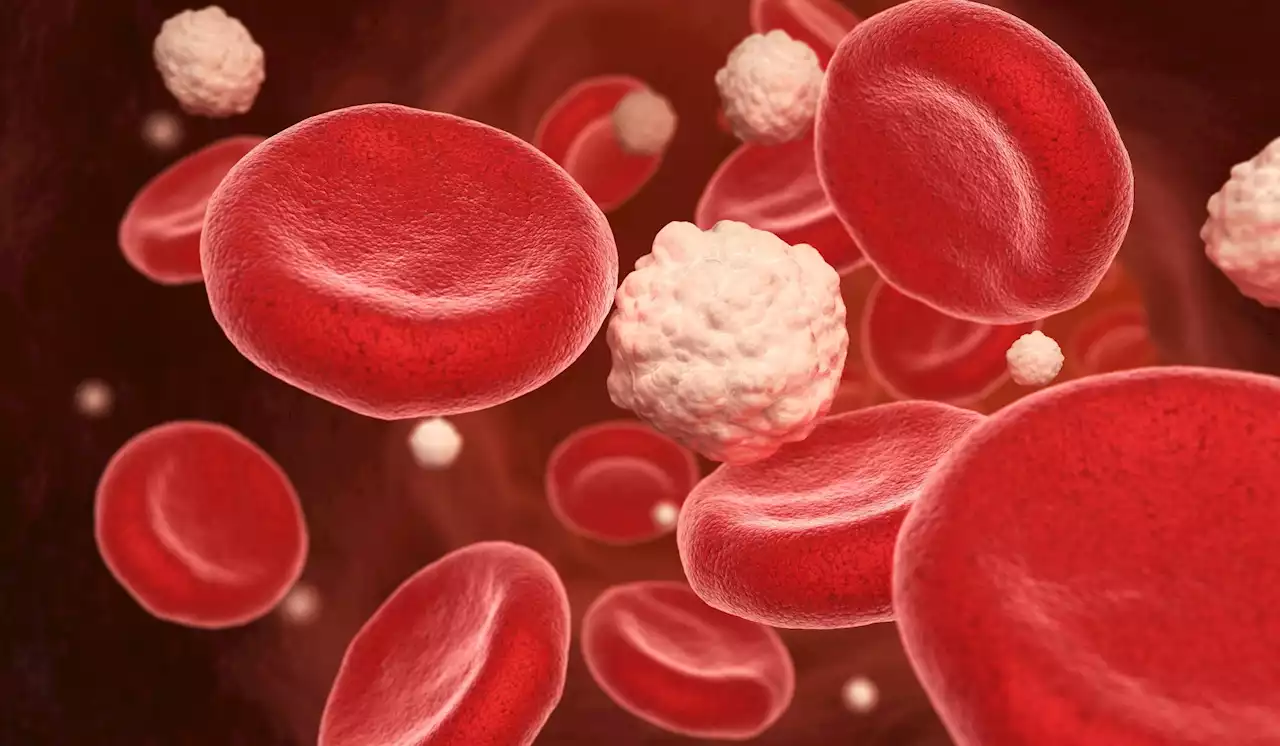Otopalatodigital spectrum disorders (OPDSD) constitute a group of rare, congenital, X-linked conditions caused by mutations in the filamin A (FLNA) gene.
By Syed S. A.Reviewed by Sophia Coveney It includes four syndromes: OPSD type 1 and type 2 , frontometaphyseal dysplasia , and Melnick–Needles syndrome .
History Taybi reported oto-palato-digital syndrome in 1962, while Dudding et al. were the first to apply the term to the disease in 1967. Dudding et al. described three male siblings who had conduction deafness, cleft palate, distinctive facial features, and extensive bone abnormalities. Filamin A interacts with another protein called actin and assists it in the formation of the cytoskeleton's branching network of filaments. Filamin A also connects actin to a variety of other proteins, allowing them to carry out numerous roles within the cell.
Type I Otopalatodigital syndrome type 1 is a developmental condition characterized mostly by skeletal abnormalities. It is typically the least severe of the otopalatodigital spectrum disorders. In two successive pregnancies, Joksic et al. presented prenatal ultrasonography and postmortem evidence that led to the diagnosis of OPD type I. This is the first report of OPD type I prenatal diagnosis .
United Kingdom Latest News, United Kingdom Headlines
Similar News:You can also read news stories similar to this one that we have collected from other news sources.
 Blood test for chronic fatigue syndrome found to be 91% accurateAn international team of medical researchers has announced the development of a blood test for chronic fatigue syndrome. The test is reportedly 91% accurate. In their paper published in the journal Advanced Science, the group describes their test, how it works and how well it has fared during initial testing.
Blood test for chronic fatigue syndrome found to be 91% accurateAn international team of medical researchers has announced the development of a blood test for chronic fatigue syndrome. The test is reportedly 91% accurate. In their paper published in the journal Advanced Science, the group describes their test, how it works and how well it has fared during initial testing.
Read more »
 Doctors Still Don't Know How to Talk About Down SyndromeA new study sheds light on the role of bias in prenatal diagnoses
Doctors Still Don't Know How to Talk About Down SyndromeA new study sheds light on the role of bias in prenatal diagnoses
Read more »
 What factors are associated with readmission in pediatric survivors of acute respiratory distress syndrome (ARDS)?Researchers explore the rates of readmission over the first year among children who survived acute respiratory distress syndrome.
What factors are associated with readmission in pediatric survivors of acute respiratory distress syndrome (ARDS)?Researchers explore the rates of readmission over the first year among children who survived acute respiratory distress syndrome.
Read more »
 Unlocking the genetic code of blood sugar reveals new diabetes risks and lung complicationsThe study used a genome-wide association study (GWAS) to analyze random glucose levels in nearly half a million non-diabetic subjects, uncovering 150 distinct genetic signals, including 53 new ones, linked to glycemic traits and type 2 diabetes. The research also discovered a causal effect of random glucose and type 2 diabetes on lung function, identifying lung dysfunction as a new diabetes complication.
Unlocking the genetic code of blood sugar reveals new diabetes risks and lung complicationsThe study used a genome-wide association study (GWAS) to analyze random glucose levels in nearly half a million non-diabetic subjects, uncovering 150 distinct genetic signals, including 53 new ones, linked to glycemic traits and type 2 diabetes. The research also discovered a causal effect of random glucose and type 2 diabetes on lung function, identifying lung dysfunction as a new diabetes complication.
Read more »
 'Inverse vaccine' shows potential to treat multiple sclerosis and other autoimmune diseasesA new type of vaccine developed by researchers at the University of Chicago's Pritzker School of Molecular Engineering (PME) has shown in the lab setting that it can completely reverse autoimmune diseases like multiple sclerosis, type 1 diabetes, and Crohn's disease—all without shutting down the rest of the immune system.
'Inverse vaccine' shows potential to treat multiple sclerosis and other autoimmune diseasesA new type of vaccine developed by researchers at the University of Chicago's Pritzker School of Molecular Engineering (PME) has shown in the lab setting that it can completely reverse autoimmune diseases like multiple sclerosis, type 1 diabetes, and Crohn's disease—all without shutting down the rest of the immune system.
Read more »
 Nintendo Switch patent plans to end Joy-Con driftA newly discovered patent from Nintendo talks of a new type of controller; one that sounds like an attempt to mitigate drifting issues.
Nintendo Switch patent plans to end Joy-Con driftA newly discovered patent from Nintendo talks of a new type of controller; one that sounds like an attempt to mitigate drifting issues.
Read more »
